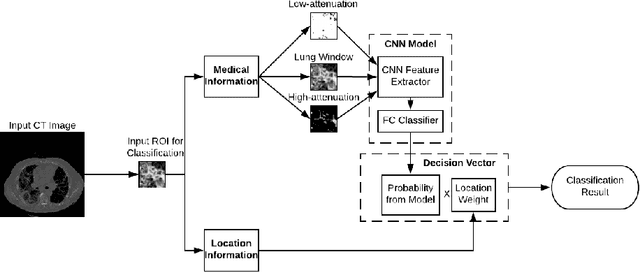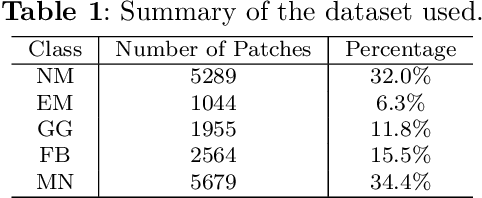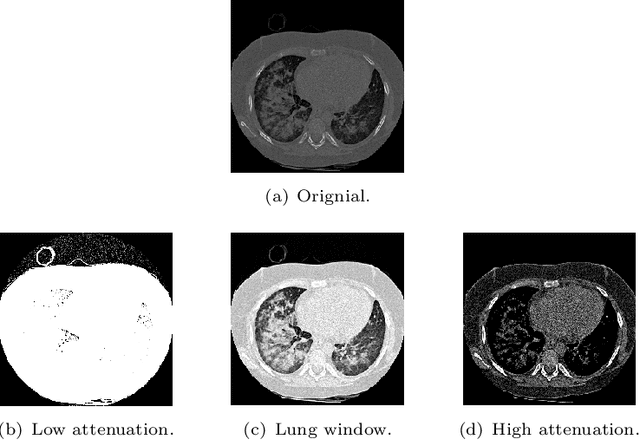Ruijie Ye
MMHU: A Massive-Scale Multimodal Benchmark for Human Behavior Understanding
Jul 16, 2025



Abstract:Humans are integral components of the transportation ecosystem, and understanding their behaviors is crucial to facilitating the development of safe driving systems. Although recent progress has explored various aspects of human behavior$\unicode{x2014}$such as motion, trajectories, and intention$\unicode{x2014}$a comprehensive benchmark for evaluating human behavior understanding in autonomous driving remains unavailable. In this work, we propose $\textbf{MMHU}$, a large-scale benchmark for human behavior analysis featuring rich annotations, such as human motion and trajectories, text description for human motions, human intention, and critical behavior labels relevant to driving safety. Our dataset encompasses 57k human motion clips and 1.73M frames gathered from diverse sources, including established driving datasets such as Waymo, in-the-wild videos from YouTube, and self-collected data. A human-in-the-loop annotation pipeline is developed to generate rich behavior captions. We provide a thorough dataset analysis and benchmark multiple tasks$\unicode{x2014}$ranging from motion prediction to motion generation and human behavior question answering$\unicode{x2014}$thereby offering a broad evaluation suite. Project page : https://MMHU-Benchmark.github.io.
CNN-based Classification Framework for Lung Tissues with Auxiliary Information
Jun 18, 2022



Abstract:Interstitial lung diseases are a large group of heterogeneous diseases characterized by different degrees of alveolitis and pulmonary fibrosis. Accurately diagnosing these diseases has significant guiding value for formulating treatment plans. Although previous work has produced impressive results in classifying interstitial lung diseases, there is still room for improving the accuracy of these techniques, mainly to enhance automated decision-making. In order to improve the classification precision, our study proposes a convolutional neural networks-based framework with auxiliary information. Firstly, ILD images are added with their medical information by re-scaling the original image in Hounsfield Units. Secondly, a modified CNN model is used to produce a vector of classification probability for each tissue. Thirdly, location information of the input image, consisting of the occurrence frequencies of different diseases in the CT scans on certain locations, is used to calculate a location weight vector. Finally, the Hadamard product between two vectors is used to produce a decision vector for the prediction. Compared to the state-of-the-art methods, the results using a publicly available ILD database show the potential of predicting these using different auxiliary information.
 Add to Chrome
Add to Chrome Add to Firefox
Add to Firefox Add to Edge
Add to Edge